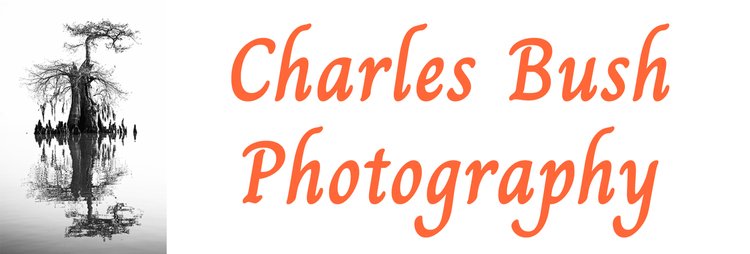Final Preparations
At one week prior to the trip, long range weather forecasts are available on the web. While long range forecasts may not be the most accurate, it's a good time to get a handle on what weather you'll be experiencing on your trip. I like to look at the predicted high and low temperatures and of course the chance for rain. Based upon this forecast I can decide on clothing that may be needed for the trip. If I'm going to be spending time on a boat, I factor in the wind chill factor planning on a wind chill factor of at least 10 degrees below the forecast low. So, for example if the forecast low is 50, I know I'll need a fairly heavy jacket to keep warm. If there is any chance of rain, I'll make sure I have my Poncho, if the there is a very low chance of rain, I'll bring a small plastic poncho or perhaps just rely on a large black trash bag. For really cold weather I'll make sure I have a parka and long underwear.
Depending upon the weather I may modify the equipment I plan on bringing. While I always carry large trash bags, if it looks like there'll be a lot of rain I may bring a protective cover for my long lens and make sure I have my waterproof case for shooting sessions. While my rain cover is a bit more difficult to set up than a plastic trash bag, for days with a lot of rain I do feel more comfortable with a rain hood. I will also carry a towel or two to put over the lens or carry on the boat to allow me to keep things as dry as possible.
I also will check tidal information or river stages where appropriate. For example one of the favorite shooting locations on my tours is Cow Island Lake. But the Atchafalaya river stage must be greater than 15 feet for us to be able to get over the weir at the entrance of the Lake. I can check the current stage and the predicted stage on this link. I will continue to track this to make sure I schedule the trip to insure I can do the shoot I plan.
Now is also the time to go through and double check your equipment and do a final cleaning prior to the trip. Using the equipment list you've developed, now is the time to pack everything for the trip. Make sure everything is properly padded and protected. I like to use small plastic bags for each camera body or lens to reduce the amount of dust and the potential for water. If I plan on shipping equipment to the shoot, now is the time to do that to make sure it arrives in time.
Finally it's good time to do a check on your travel arrangements, make sure the flight hasn't changed and the hotel has your reservation, etc.
